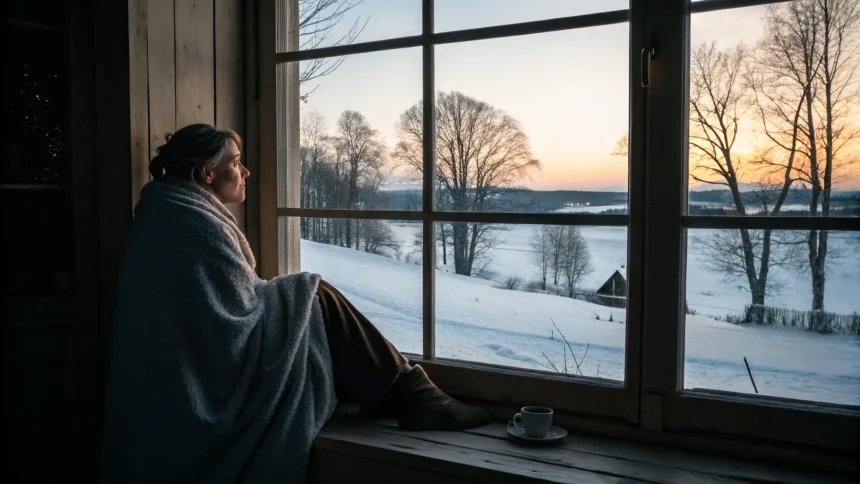As winter approaches and daylight hours decrease, millions of people worldwide experience the effects of seasonal affective disorder (SAD), a type of depression that occurs at specific times of the year, typically during fall and winter. Even Grammy-winning superstar Adele has recently acknowledged her struggles with this condition, bringing new attention to a problem that affects approximately 5% of adults in the United States.
The singer’s admission highlights how SAD can impact anyone regardless of fame or success, making it a relatable health concern for many who find their mood and energy levels dropping as days grow shorter and darker.
Understanding Seasonal Affective Disorder
SAD is more than just “winter blues” – it’s a recognized form of depression that follows a seasonal pattern. Symptoms typically begin in late fall or early winter and improve with the arrival of spring. For some people, these symptoms can be severe and significantly impact daily functioning.
Common symptoms include:
- Persistent low mood
- Loss of interest in activities
- Fatigue and low energy
- Sleep problems
- Changes in appetite or weight
Mental health experts point to reduced exposure to sunlight as the primary trigger for SAD. This decrease disrupts the body’s internal clock and may cause drops in serotonin levels, a brain chemical that affects mood. The condition may also involve changes in melatonin production, which helps regulate sleep patterns and mood.
Light Therapy: A Proven Solution
Light therapy has emerged as one of the most effective treatments for SAD. Special lamps that mimic natural outdoor light can help regulate the body’s circadian rhythms and improve mood.
“These aren’t ordinary lamps,” explains Dr. Sarah Johnson, a psychiatrist specializing in mood disorders. “Light therapy boxes provide a specific type of light that’s much brighter than regular indoor lighting and filters out potentially harmful UV rays.”
Research shows that consistent use of light therapy lamps for about 20-30 minutes each morning can reduce SAD symptoms by as much as 50-80% in many patients. The treatment works by triggering the brain to reduce melatonin production and increase serotonin activity.
Choosing the Right Light Therapy Solution
Not all light therapy devices are created equal. Medical experts recommend looking for lamps that provide 10,000 lux of light and have been specifically designed for SAD treatment. The most effective models filter out UV light to protect skin and eyes.
Many users report seeing improvements within days to weeks of starting regular light therapy sessions. The treatment is generally considered safe with minimal side effects, though people with certain eye conditions or taking medications that increase light sensitivity should consult with healthcare providers first.
“I was skeptical at first,” says Michael Torres, who has used light therapy for three winters. “But within a week of using my lamp each morning, I noticed I had more energy and my mood was much more stable throughout the day.”
Beyond Light Therapy
While light therapy lamps offer significant benefits for many SAD sufferers, mental health professionals recommend a comprehensive approach to managing the condition. This may include:
Regular exercise has shown particular promise in combating SAD symptoms, with studies indicating that physical activity can be as effective as light therapy for some individuals. Spending time outdoors during daylight hours, even on cloudy days, can also help manage symptoms.
For those with severe symptoms, like those described by Adele, a combination of light therapy, psychotherapy, and sometimes medication may provide the most relief. Cognitive behavioral therapy adapted specifically for SAD has shown good results in preventing recurrence of symptoms in future seasons.
As awareness of seasonal affective disorder grows, partly thanks to public figures like Adele sharing their experiences, more people are seeking help rather than suffering through the winter months. With proper treatment, including light therapy, the dark days of winter don’t have to mean dark moods as well.









